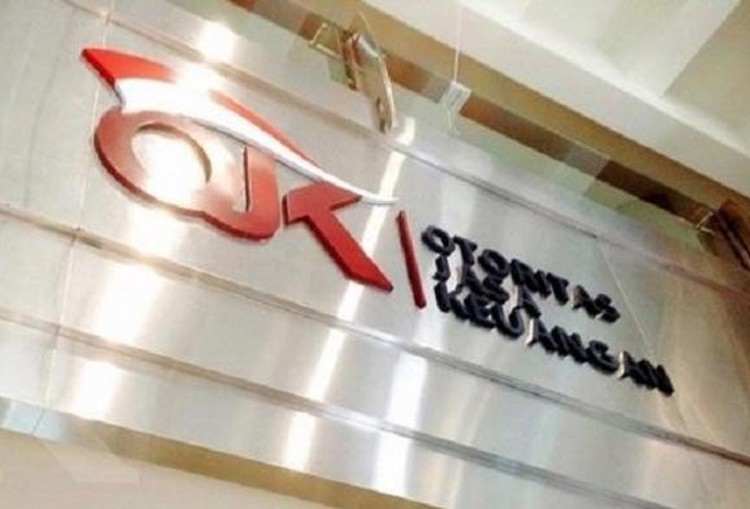Popular Reads
Top Results
Can't find what you're looking for?
View all search resultsPopular Reads
Top Results
Can't find what you're looking for?
View all search resultsFinancial markets stable in H1 amid global slowdown: OJK
Change text size
Gift Premium Articles
to Anyone
I
ndonesia’s financial markets were relatively stable during the first half of this year, as seen in the encouraging performances of the stock market and rupiah, despite constant economic turbulence worldwide.
The Jakarta Composite Index (JCI), the price benchmark of the Indonesian Stock Exchange (IDX), ended the first half of this year at 6,358.63 points, up 2.65 percent year-on-year (yoy). The agency recorded net buys from foreign investors totaling Rp 68.80 trillion (US$4.92 billion) in the stock market.
OJK chairman Wimboh Santoso said on Wednesday that third-party funds rose by 7.42 percent during the Jan-June period. Bank loans grew by 9.92 percent, supported by an increase in lending to the gas, mining, construction and other industries.
The nonperforming loan (NPL) rate fell to an average of 2.5 percent, the lowest in the last five years, while nonperforming financing of multi-finance companies was stable at 2.81 percent.
Wimboh said sufficient liquidity had bolstered the intermediation role of banks. In the first half of the year, the ratio of liquid instruments to noncore deposits (AL/NCD) reached 90.09 percent, while the capital adequacy ratio rose 23.18 percent.
He added that the current loan-to-deposit ratio of 93 to 94 percent was “not a concern”, as the number had been stable for a while, as long as inflows of foreign capital would be distributed.
In fact, he said, a decrease in banks’ interest margins could be buffered by fee-based income from the "massive" use of technology.
Meanwhile, total premiums for life insurers and general insurance firms, respectively, amounted to Rp 85.65 trillion and Rp 50.93 trillion. The sector’s accounts receivable financing had also grown by 4.29 percent yoy, driven by the downstream mining industry and household spending.
Additionally, the risk-based capital of life and general insurance companies reached 313.5 percent and 662.9 percent, respectively. (hen)










